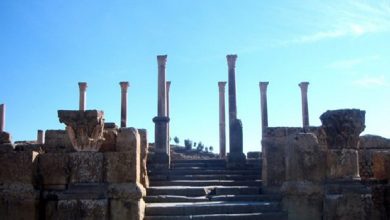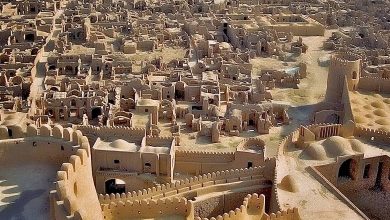The largest cities found underwater
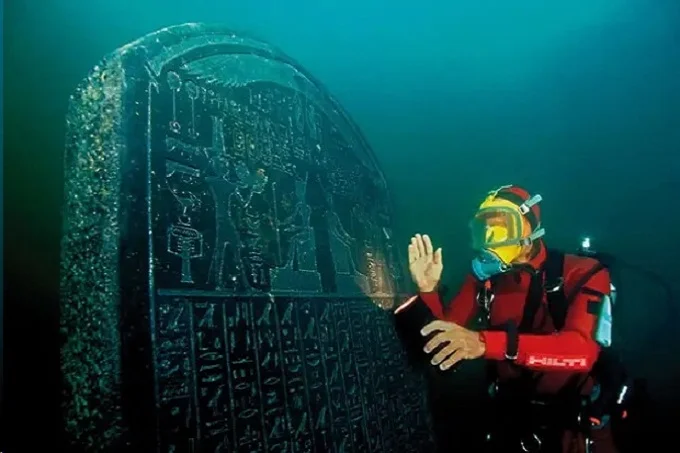
Over the past epochs of the development of civilization, people repeatedly inhabited the same territories. Under the thickness of the earth, ancient buildings turn out to be buried – and it happens that this cultural layer also rests on an even older one.
Excavations are carried out in different parts of the planet – but not always forgotten settlements are underground. The sea once flooded coastal cities with amazing buildings, unique artifacts, and bizarre history for various reasons.
The largest cities found underwater
Pavlopetri
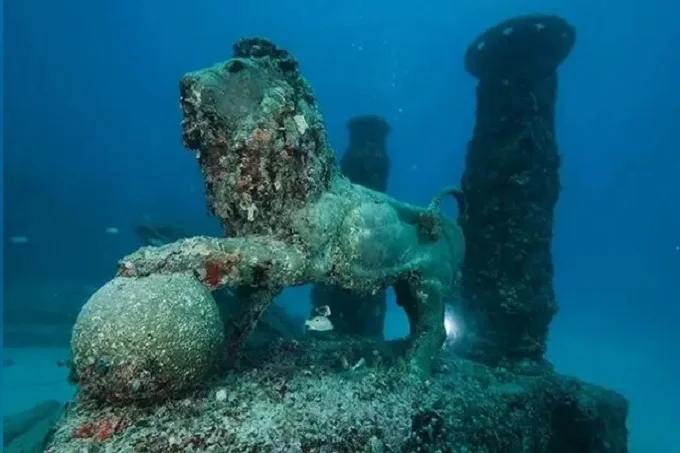
Pavlopetri, found off the coast of Greece, is considered the oldest of the flooded. It is truly huge: the area of the city is 100 thousand meters square. During its existence in the city – and this is about 4 thousand years – roads were laid, various buildings and temples were built, an extensive sewer system was created, and excellent roads were laid. The city sank as a result of an earthquake – it happened about 1000 years ago.
Heracleion

When in 2000, just a couple of kilometers from the coast, near Egyptian Alexandria, the team of Franck Goddio found the flooded buildings, it became clear: there is a mysterious city, which was known only from ancient manuscripts.
The earthquake and the tsunami that followed forever hid Heraklion from human eyes. Under a layer of sand, buildings, pink marble statues, and numerous artifacts are perfectly preserved, and the boundaries of the city are clearly visible. Archaeologists are expected to continue their research in Aboukir Bay.
Shicheng
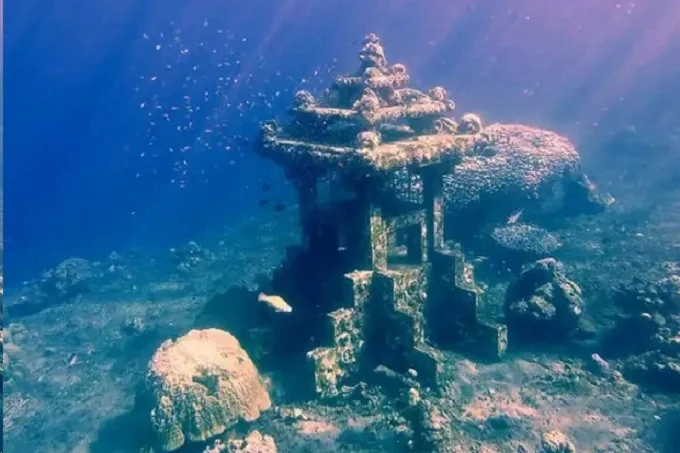
There was no need to look for it: the city was flooded by order of the authorities in the 50s, during the industrialization of China. Building a hydroelectric power station was necessary, and vast areas fell under flooding. Beautiful Shicheng sank to the bottom of an artificial reservoir.
It was built at the beginning of the III century in the form of a rectangle strictly outlined by the walls. There were two main streets in the center. Houses were first built of wood and then of stone, covered with tiles. Everywhere – stone arches and bas-reliefs of amazingly skillful work, and the inscriptions on the walls, glorifying the Qing dynasty that ruled China, were written in the Manchu dialect.
City in the Gulf of Cambay
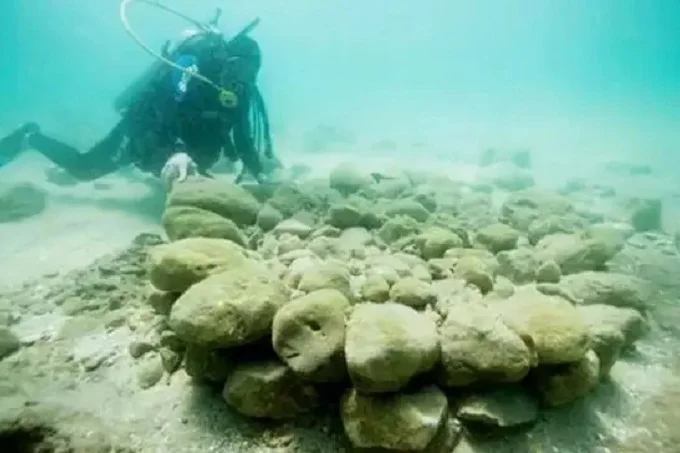
A group of scientists in 2001 scanned the ocean floor, and buildings were noticed at a depth of 36 m. It soon became clear: the city was underwater very quickly – the found skeletons testified to this. The actively built city was at least 8.5 thousand years old – and this puts it on a par with the oldest cities on the planet. Most likely, the city was destroyed by a powerful earthquake.
Atlit Yam near Haifa
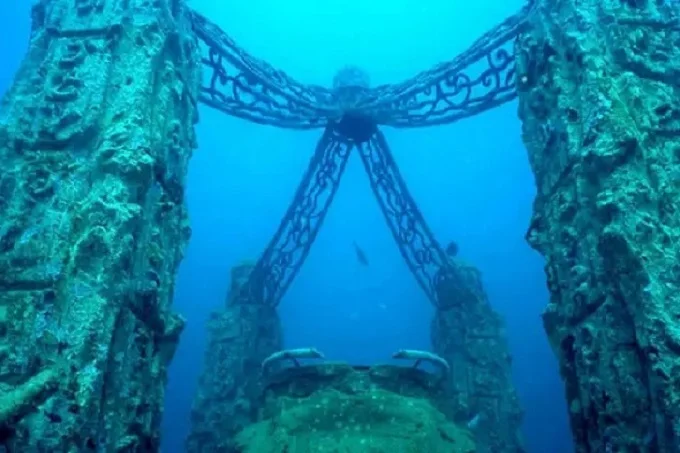
Another Neolithic settlement was discovered by Ehud Galiti in 1984. According to archaeologists, it may be 9 thousand years old. Monumental buildings were erected on an area of 40 thousand meters square. Many skeletons indicate that the elements took the inhabitants by surprise – most likely, it was a tsunami. In addition to buildings, scientists have found a dozen large megaliths and, perhaps, the ancient prototype of the observatory in the form of a circle.
Port Royal
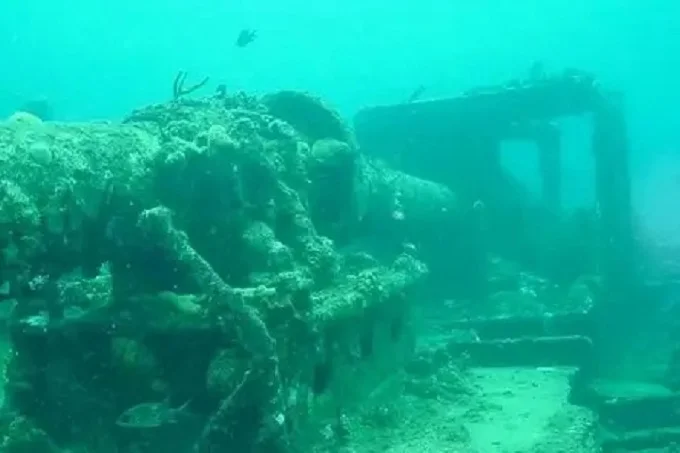
Once, it was the real capital of pirates of the whole world, founded near Jamaica. Four hundred years ago, corsairs came here even from Madagascar: they drank, lost their loot in gambling, and had fun from the bottom of their hearts. The immoral city grew rich, but in 1692, after an earthquake, the city was flooded. As a result of the search work, two relatively intact buildings, many smoking pipes and other artifacts were found. There was also the keel of a frigate that sank along with Port Royal.
Alexandria
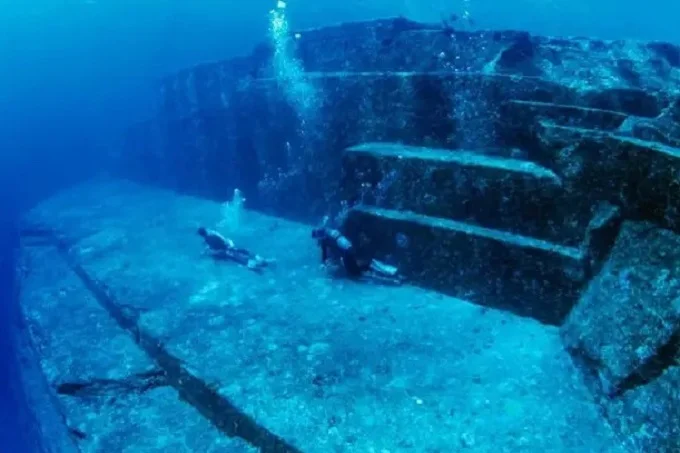
Alexandria was founded in 332 BC. by the order of Alexander the Great on a narrow isthmus separating the sea and lakes. A lighthouse, numerous palaces, a library – all this sank after the soil subsidence. This was the result of an earthquake. Only in the 20th century were attempts made to find the flooded city, and on the island of Antirhodos in the Bay of Alexandria, Frank Goddio found important evidence of its existence: a port with docks, Cleopatra’s palace, numerous sculptures, and the temple of Isis.
Yonaguni Monument
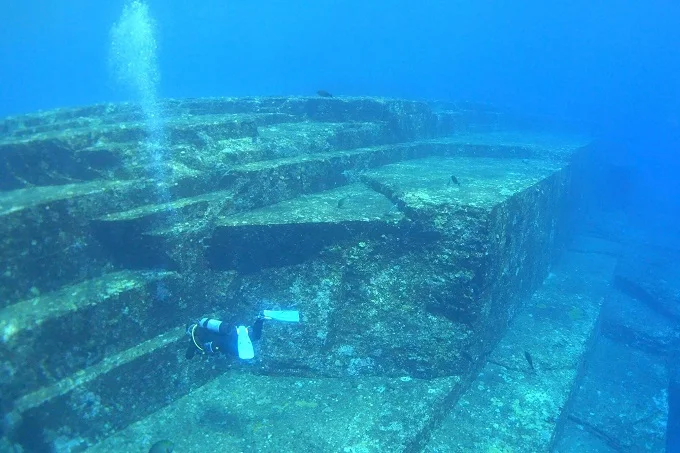
A rocky underwater formation at a depth of 5 meters was discovered in 1986. Scientist Kihachiro Aratake chose a site for shark observation near the island of the same name. The origin of Yonaguni is disputed: some are sure that the rock formations are of natural origin, others indicate that the complex has an undeniable resemblance to the Egyptian pyramids. The central object is 42 m high and has sides 183 by 150 meters and lower pyramids along the perimeter. And so the past mighty states that once reigned supreme over the inhabited part of the world go into oblivion.

